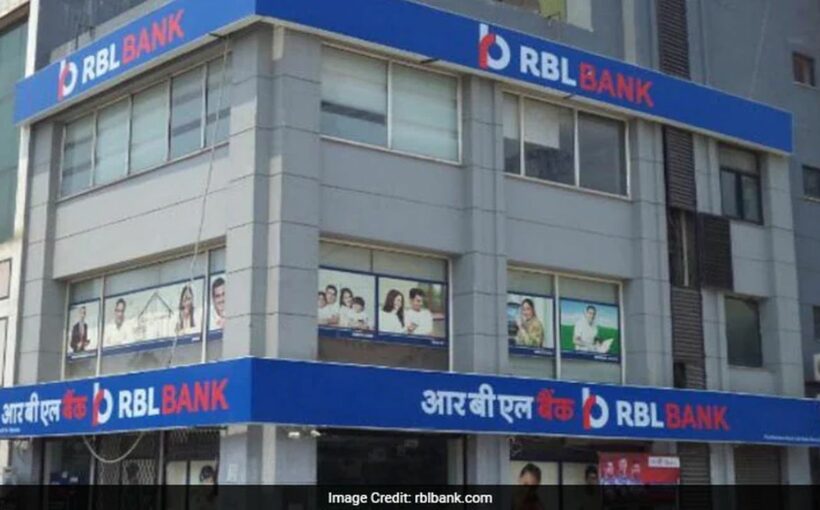‘We are committed to achieving the targets we had outlined.’
The Reserve Bank of India’s recent decision to increase risk weights on unsecured loans does not necessitate any capital raise by RBL Bank, MD & CEO R Subramaniakumar tells Manojit Saha/Business Standard in a video interview.
What is the impact of higher risk weight on RBL Bank’s unsecured loans?
Our bank had a total capital adequacy ratio of 17.07 per cent and Tier-I (entirely CET1) of 15.15 per cent as on September 30, 2023 (inclusive of profits for the half year).
The impact is about 65 basis points (bps) on the CET1 of the bank as on September 30, 2023, largely on account of credit cards.
This regulatory change has been under discussion for some time and is a step in the right direction by the regulator.
Our bank has been taking steps to accelerate growth in newer secured business segments such as housing, business loans, vehicles, and gold, all of which are lower risk weight products.
For example, housing averages a risk weight of 35-40 per cent, gold loans come with zero risk weight.
I want to reiterate that this circular does not necessitate any capital raise by the bank and we have sufficient capital levels for meeting our stated growth plans.
Our business trajectory remains intact and we are committed to achieving the targets we had outlined.
Does this mean that the bank will need to raise capital in the near future?
We have sufficient capital and at this stage don’t envisage any need to raise fresh capital.
Our capital position remains well above our internal thresholds, as well as naturally, the regulatory minimum, which is at 11.5 per cent.
What are the key changes that you introduced after taking charge in June last year?
I did not bring a plethora of people from outside who would have taken time to settle down.
The business would have been postponed by a couple of quarters, which I fast-forwarded by utilising the team within. That is the first decision I took.
The second one was that the bank already had around 500-plus branches, which were primarily looking at liability.
I just changed that. They’re no longer liabilities; they’re assets too.
That means the branches have also started looking at assets as a sales point.
So the branch is not a sales point for liability, but it is a sales point for assets, also.
That is a big change, which I brought in, which requires a lot of mindset change.
The third change was that when I said that the branches can be assets, we did not have a multiple asset product at all.
In the last six to nine months, we introduced multiple products.
Another important thing that I did was technology. The bank had already established a fairly robust technology, which is leveraged for launching all these products.
The results are in front of you. In Q2, all the new products grew by 30 per cent year-on-year (Y-o-Y). We are on track and in the correct direction, as planned.
What is the bank’s credit and deposit growth target for the current financial year?
Our minimum growth will not be less than 20 per cent in advances. And we divide advances into three parts.
The wholesale banking will be more or less flattish. But within wholesale banking, it is commercial banking — which we call SME banking — that will grow between 15-17 per cent.
Last quarter, you would have seen around 17 per cent growth.
Entire retail put together will grow by around 30-35 per cent. And within that, the secure products will grow faster.
On deposits, we will grow between 18 and 20 per cent. We have achieved around 13 per cent in the last quarter.
In CASA, we grew by 12 per cent. We are working to maintain the same pace of growth in CASA also.
Feature Presentation: Aslam Hunani/Rediff.com
Source: Read Full Article
